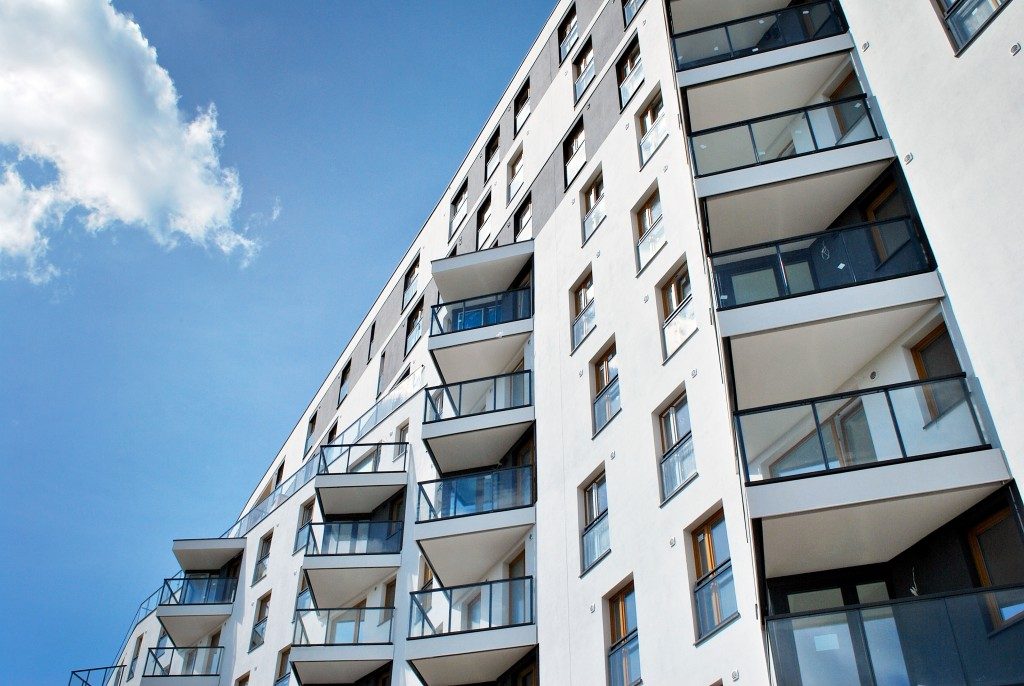Industrial fabric structures surprisingly offer many advantages over conventional steel and concrete buildings for warehousing and storage purposes. Haven’t you decided yet which one to choose? Here is a list of the major benefits that a fabric building can offer you.
Energy Efficiency
Costs allotted for lighting and energy consumptions are significantly much lower with industrial fabric buildings. Unlike the traditional steel and concrete buildings, fabric structures are translucent, which could let natural light to permeate through, thus eliminating the need for artificial lights during the day.
To further offset energy consumption, solar panels could be integrated in a fabric building design. At the same time, this structure is non-conductive, so the interior could remain cooler on hot days and warmer on cooler days. This means that less heating and cooling methods are needed inside the building. Energy-efficient, isn’t it?
Low Maintenance
Fabric buildings require much less maintenance than those conventional metal or hoop buildings, which need frequent repainting, coating, and even new shingles through time. Fabric buildings are designed to resist adverse environmental and weather conditions, making it a more economical option.
Versatility and Portability

Another striking advantage of these buildings is that they are easily reloadable and very versatile. It could be built on wherever you need them to be without requiring much time, hassle and expenses. Do not worry; its being portable will not compromise its durability and strength.
In addition, of course, through time and fast-changing industry demands, your building needs to be reconfigured and customised. Well, fabric structures also offer this advantage. You can choose from a selection of colours, styles and shapes, along with additions such as fans, lights, sprinklers, conveyors and anchors. There are no limits to the design choices for your fabric structure. Unlike with traditional buildings, you end up demolishing or renovating old structures that no longer work for you.
More Space
Adequate space is really vital to any warehouse or storage facility. Fabric buildings are large dome-shaped facilities with no supporting columns or vertical poles that eat up valuable square footage that could be used for racking or storage instead.
In addition, these columns can be a nuisance when transporting materials or driving forklifts. The fabric structure could also be easily adjusted in terms of height to allow overhead space for storage, operations and huge equipment like bridge cranes, conveyors and catwalks inside.
Lower Cost Construction
With little architectural planning, faster building time and less expensive materials, fabric structures are extremely cost-effective compared to traditional wood or metal buildings. Of course, by saving time, your industrial fabric structure may lead to a shortened downtime, thus faster return of investments. Obviously, the materials used for building these structures cost much lower as compared with the volatile prices of steels and woods for traditional buildings.
Do you see it clearly now? With these five benefits and advantages, it could be clearly concluded that with an industrial fabric warehouse building, your structure works with you and your needs rather than working against you.
Read more at Burchom.
